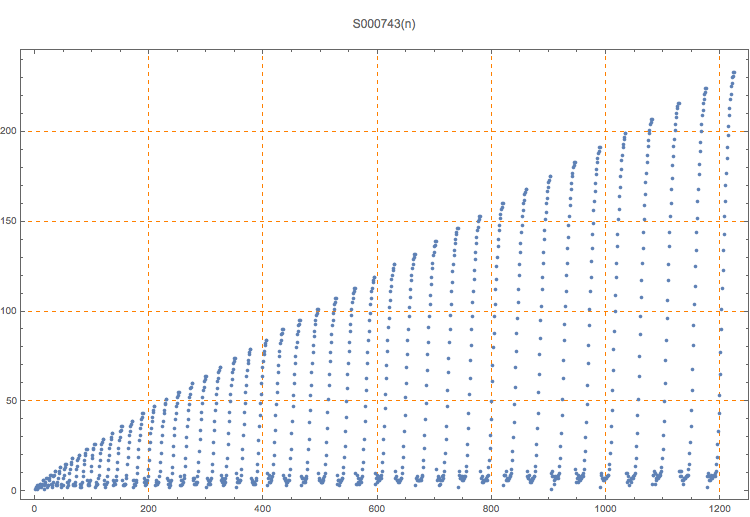Triangle of the number of palindromic (in bases 2 to n) triples that sum to n.
1, 2, 2, 1, 3, 3, 2, 2, 4, 4, 2, 3, 4, 6, 6, 3, 1, 4, 5, 7, 7, 2, 3, 3, 6, 7, 9, 9, 4, 2, 3, 5, 8, 9, 11, 11, 3, 4, 3, 5, 7, 10, 11, 13, 13, 4, 2, 3, 3, 7, 9, 12, 13, 15, 15, 2, 5, 3, 5, 6, 10, 12, 15, 16, 18, 18, 4, 3, 3, 3, 5, 8, 12, 14, 17, 18, 20, 20
2
In order to make a triange of numbers, we start with row 2 instead of 0. It may appear that all the numbers are positive. However, for many base-2 numbers, starting with 176, the terms are 0. See S000707. If we use quadruples instead of triples, then all terms appear to be positive. See S000745.
T. D. Noe, Plot of 49 rows
T. D. Noe, Table of 49 rows
Yu Gao, Represent a natural number as the sum of palindromes in various bases, arXiv 1508.06185 (Aug 24 2015)
(Mma) nn = 20; pal = Table[{}, {nn}]; Do[pal[[b]] = Select[Range[0, nn], (d = IntegerDigits[#, b]; d == Reverse[d]) &], {b, 2, nn}]; Table[Table[Length[IntegerPartitions[n, {3}, pal[[b]]]], {b, 2, n}], {n, 2, nn}]
Cf. S000700, S000707, S000744, S000745.
nonn,base,tabl
T. D. Noe, Nov 02 2015
